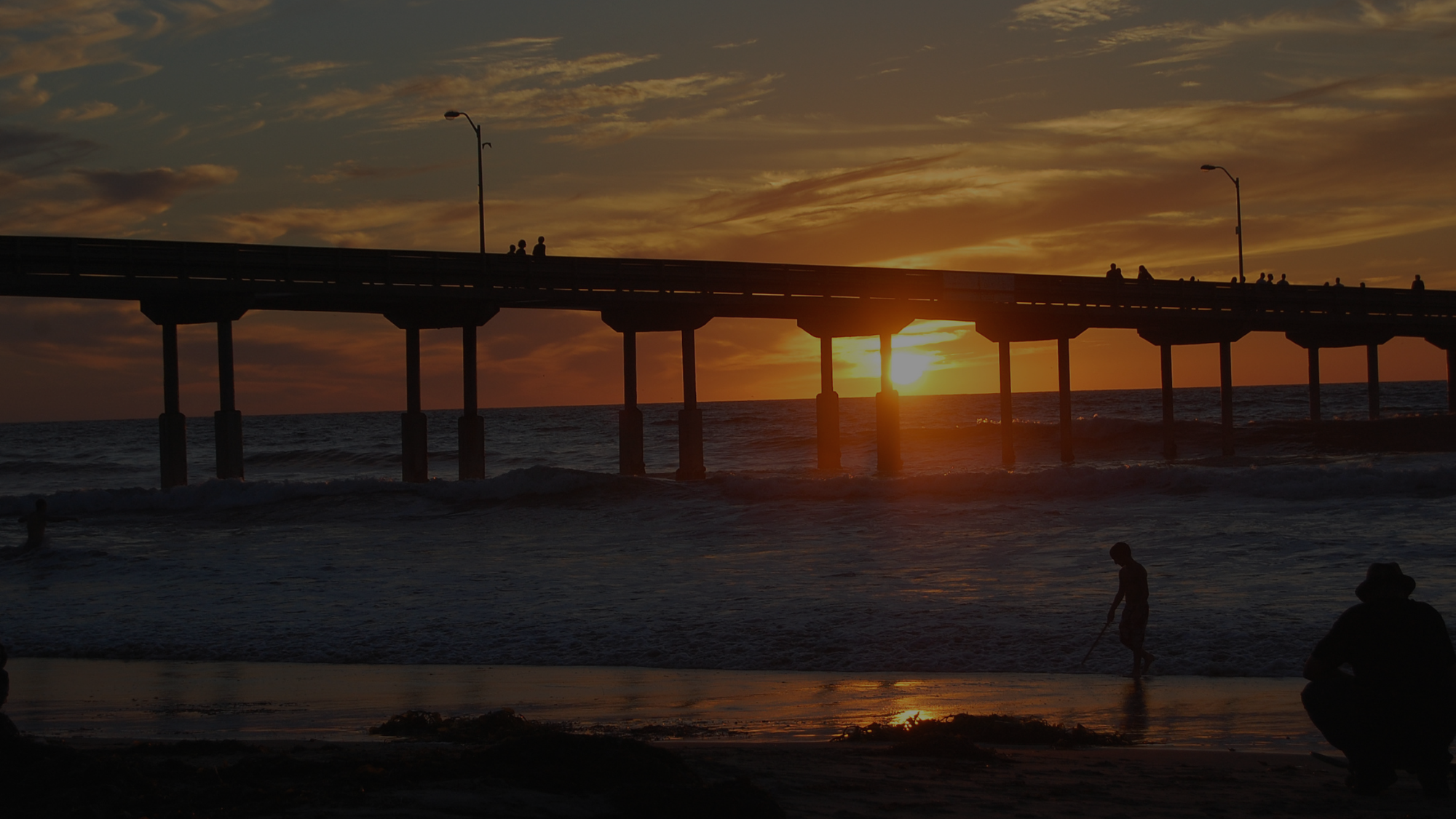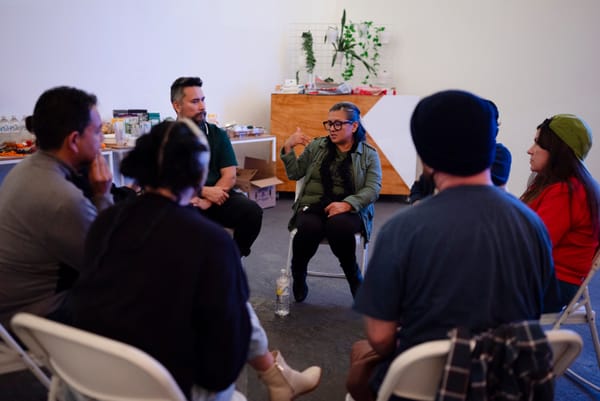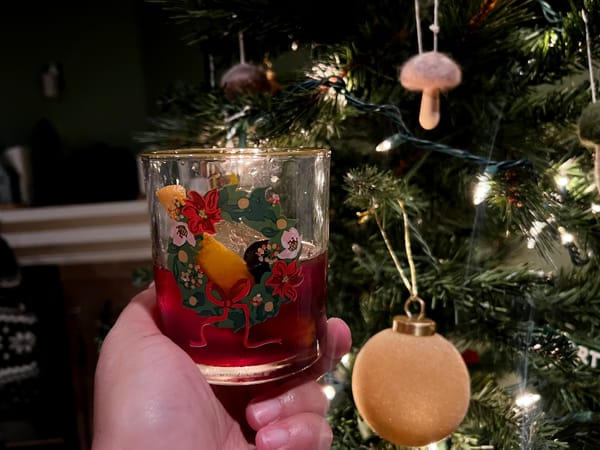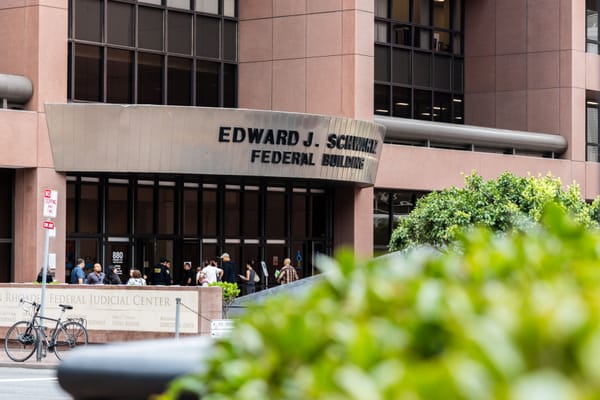Afrofuturism Lounge brings Black creativity and innovation to Balboa Park
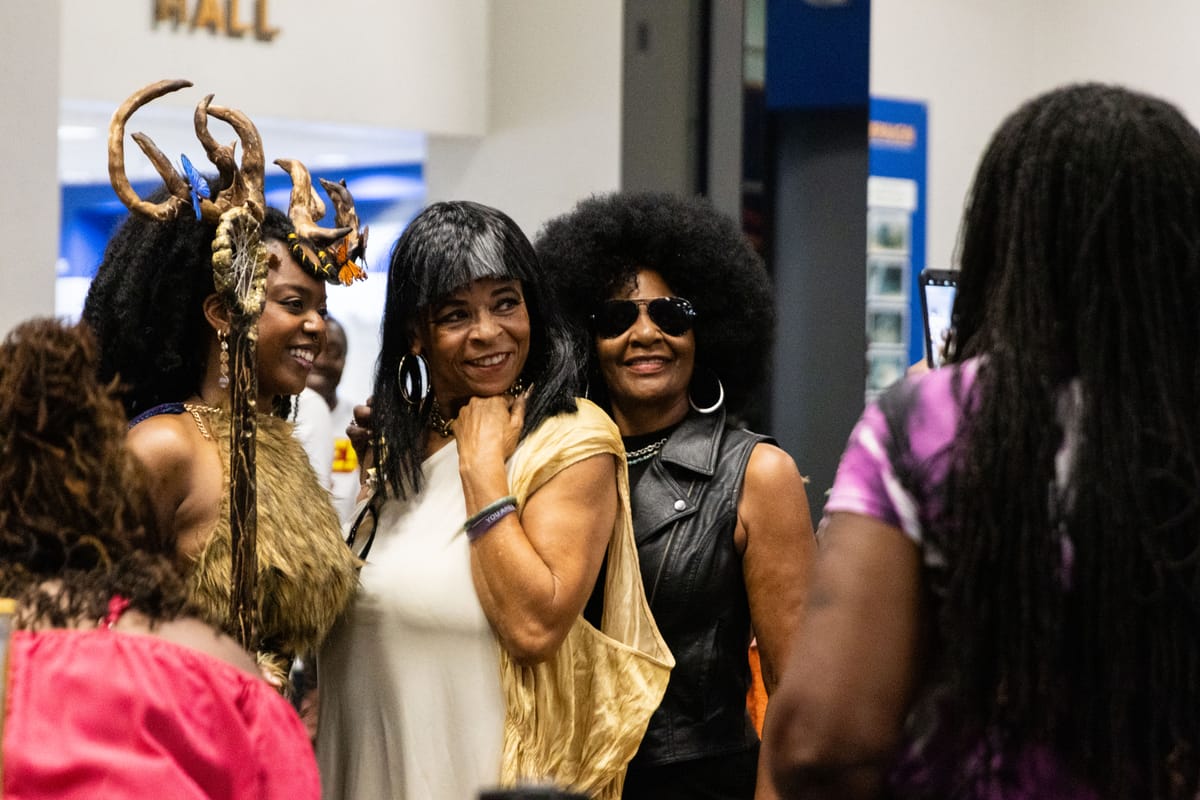
Musicians, artists and comic book storytellers shared their ideas for a reimagined future rooted in science and technology during the eighth annual event.
Written by Lauren J. Mapp, Edited by Kate Morrissey
The Afrofuturism Lounge returned to Balboa Park last week, for a night of Black creativity, culture and technology that invited guests to push toward their dreams through any obstacles they may face.
The annual pop-up transformed the Fleet Science Center into a multidimensional space for music, fashion, comics and fiction during San Diego Comic-Con. Indy comic book creators, painters, cosplayers and African drummers drew dozens of attendees to the Fleet Science Center for the eighth annual event.
Coined in cultural critic Mark Dery’s 1993 essay “Black to the Future,” Afrofuturism is a cultural and artistic movement that blends science fiction, history, literature, music and fantasy.
Afrofuturism Lounge co-founder and organizer LaWana Richmond said the genre explores Black experiences, identity and liberation, especially through technologically augmented realities.
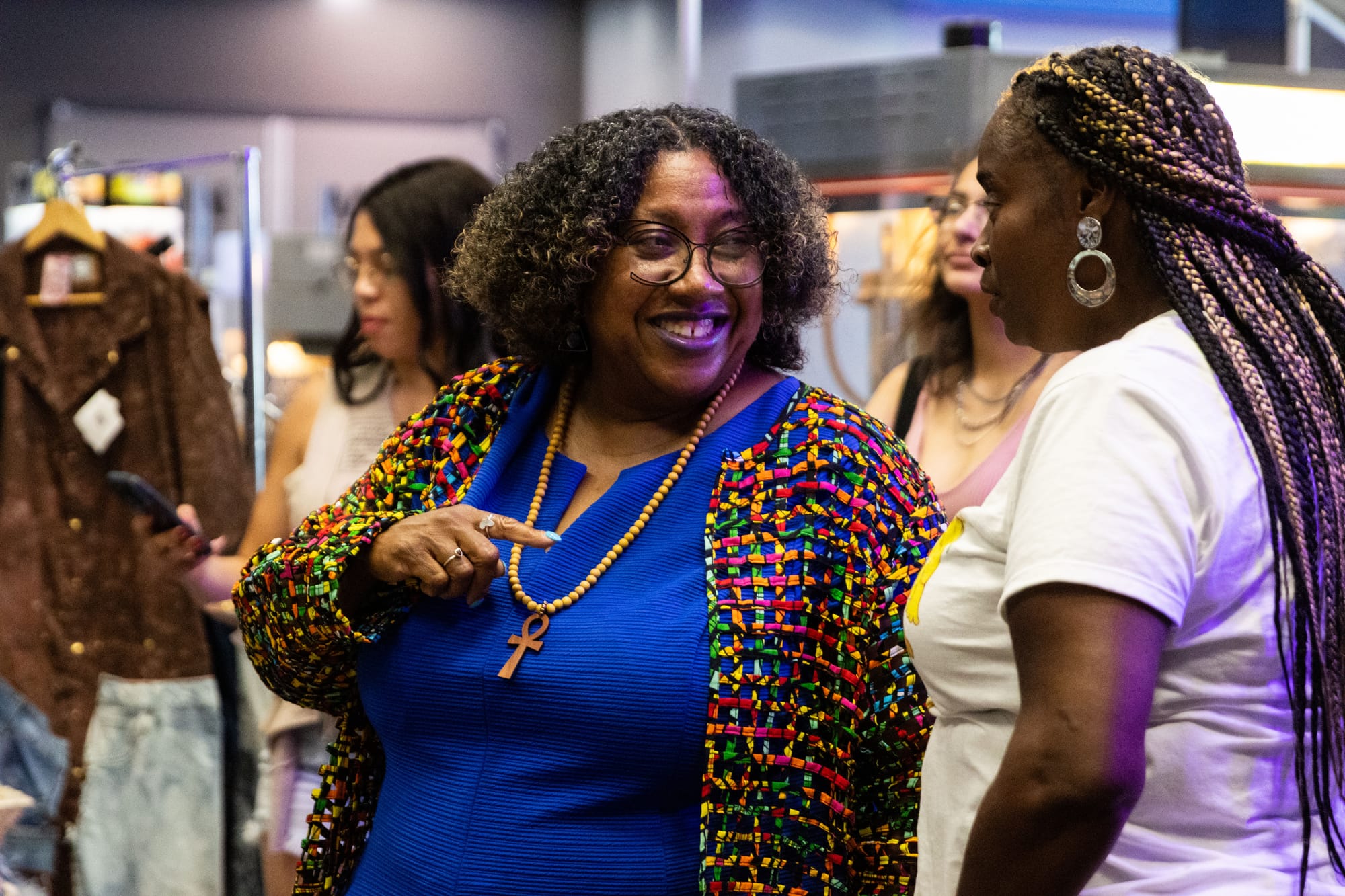
She said Black leaders in the genre have connected it to Sankofa, a word in Akan, a language from Ghana, that means "to learn from the past.” They’ve also tied it to the ongoing social justice movement.
“We're in this position right now where we really need to imagine and co-create the future that we want,” Richmond said. “I embrace Afrofuturism as a way of getting us to look forward, because if you're driving your car and you're looking in the rear view mirror, you're going to run into something.”
During an on-stage discussion with Richmond, Kid Comics founder and owner Keithan Jones said he was only 16 when he brought his first portfolio to Comic-Con in 1987. That early showing got him hired by Apple Comics to draw “Death Dreams of Dracula” and kickstarted his career as a comic book creator.
He spent a semester attending California Institute of The Arts before moving to Los Angeles with hopes of becoming a Disney animator.
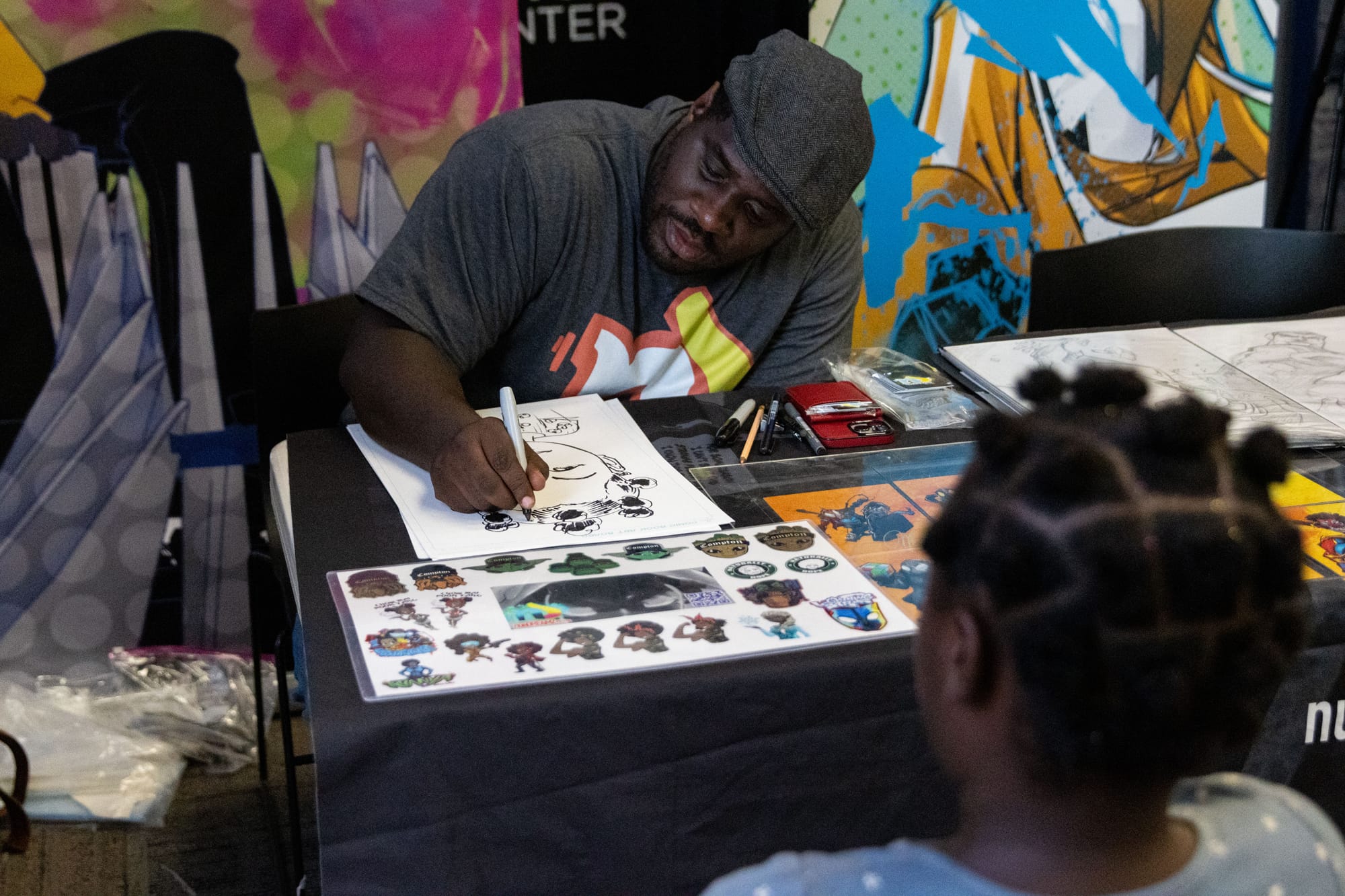
But Jones said his path wasn’t without struggle. At one point, he was unhoused and sleeping in a closet before getting his next big break working as a graphic artist for late San Diego Padres baseball legend Tony Gwynn.
Now a full-time artist and founder of Black Comix Day, Jones said his personal story shows the importance of sticking to your dreams.
“Within a 24-hour period, I went from homelessness to having a full time job as an artist,” he said. “Whatever it is that you want, you can have it, but you gotta be your first, biggest, most dedicated fan.”
Visual art anchored the July 24 event, with striking portraits of Black innovators and Afrofuturist comic books driving the evening’s storytelling.
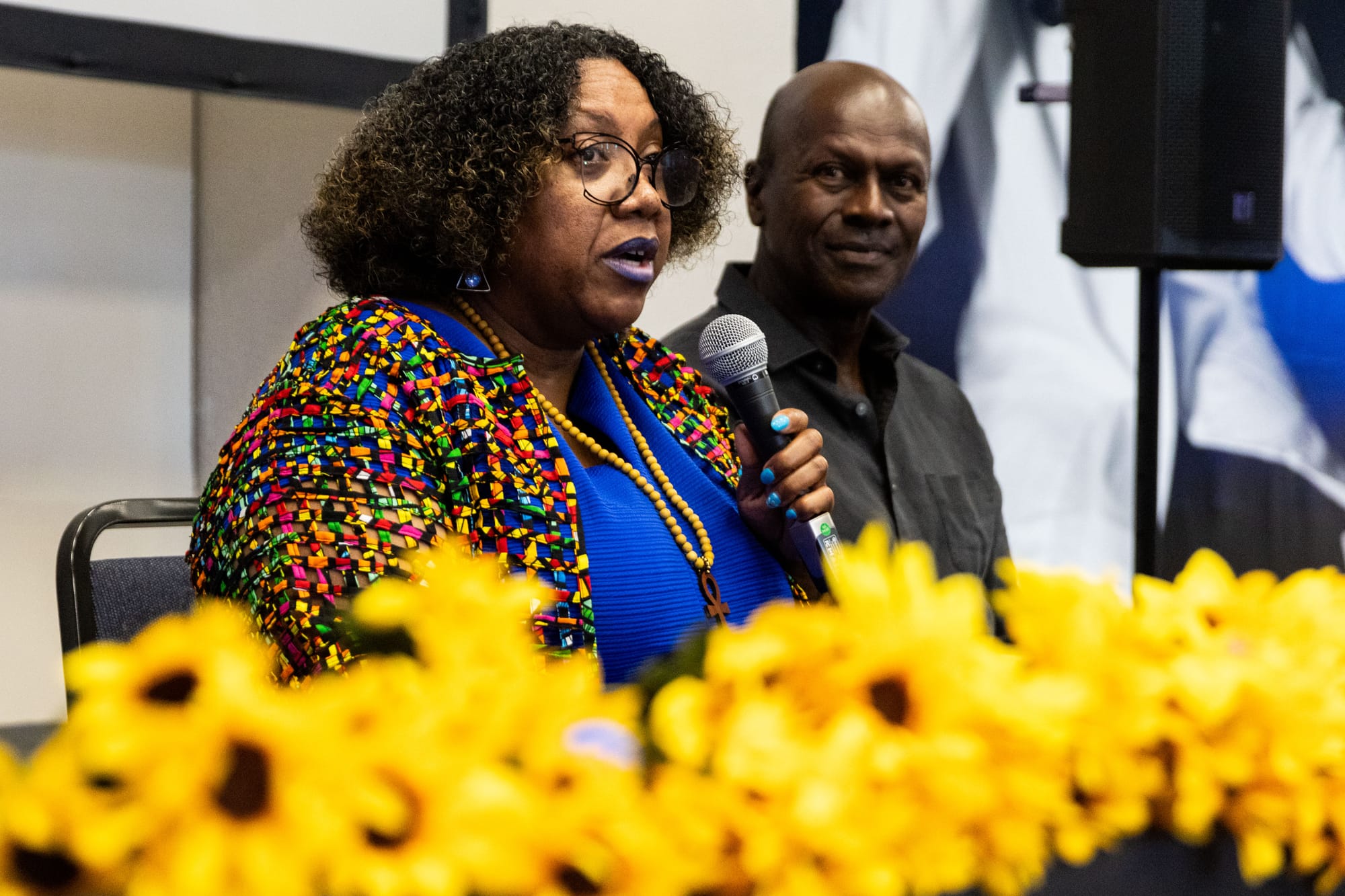
Alexis Dixon — founder of the photographic exhibit "Brilliance Exposed,” which spotlights Black people in science, technology, engineering, art and mathematics — displayed photos from his collection at the museum.
He featured a portrait of Alena Analeigh Wicker, who became the youngest accepted to medical school at age 13. Dixon hopes images of the people featured in the series — which will soon travel to Europe and Africa — inspires others to achieve their dreams.
“The invitation to all of you is to own your brilliance,” he said. “Your brilliance you were born with. You don't have to earn it. It's already inside of you. Our job is to get you to express it, to release it and give it.”
Artist, illustrator and graphic designer Eugene Randolph Young — a vendor at the event — creates comic books and art focused on science fiction themes. In his “Afromancy” series, Young builds a world where people can telecontrol their hair as a super power.
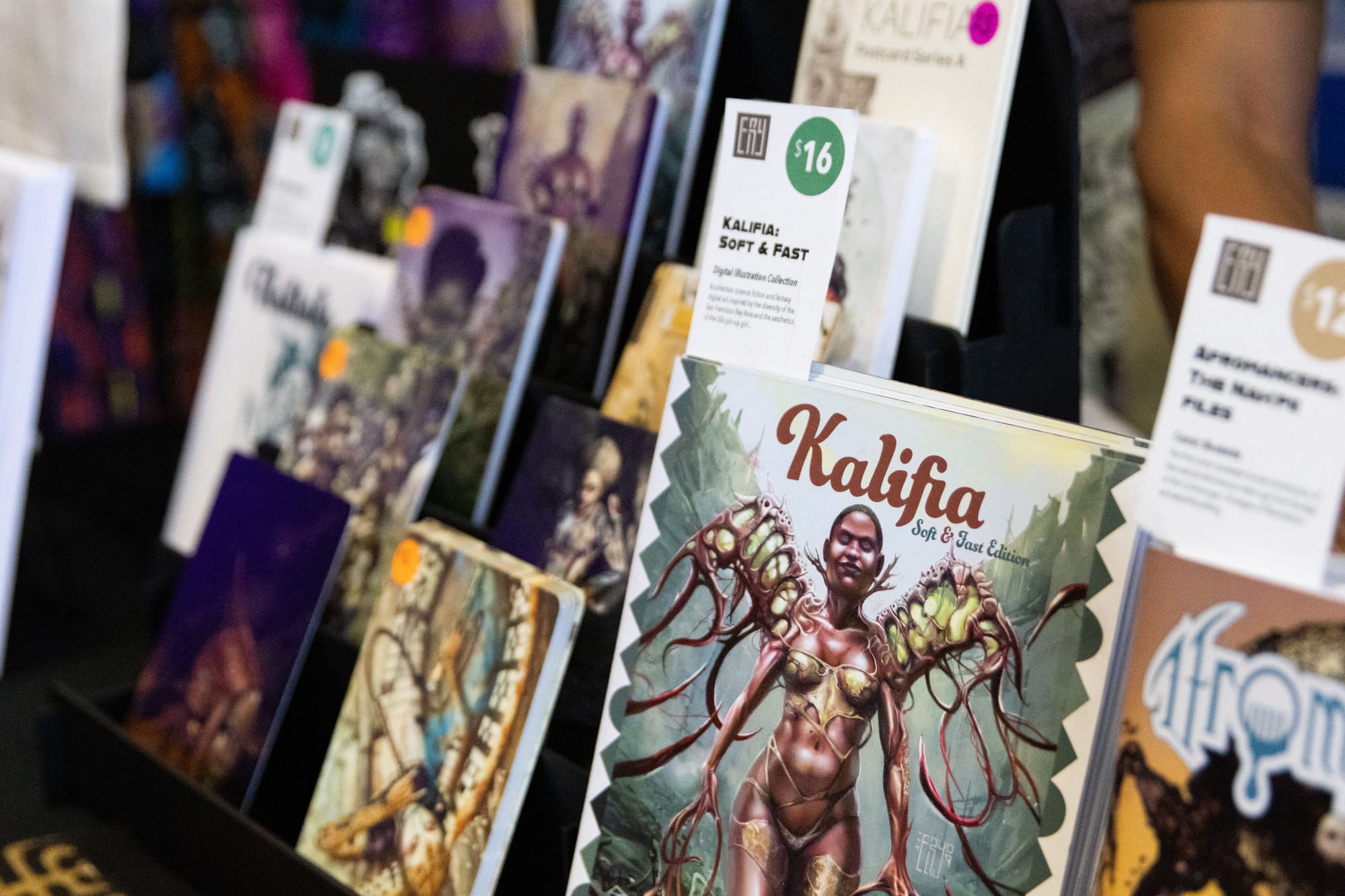
As a kid, Young said he was often surrounded by the rituals and tools of Black hair culture during visits to barbershops for haircuts and while going to beauty salons with his mom and sister.
“Our hair is such a big deal in so many different ways,” Young said. “We experience this idea of creativity, communication, expressing culture through the hair.”
As the evening wound down, attendees lingered in the museum perusing vendor booths and reflecting on how Afrofuturism can shape new narratives at the intersection of art, identity and innovation.
“Everything that we need we already have, and everything that we need to be we already are,”Richmond said. “We just need to pull it out of ourselves.”


